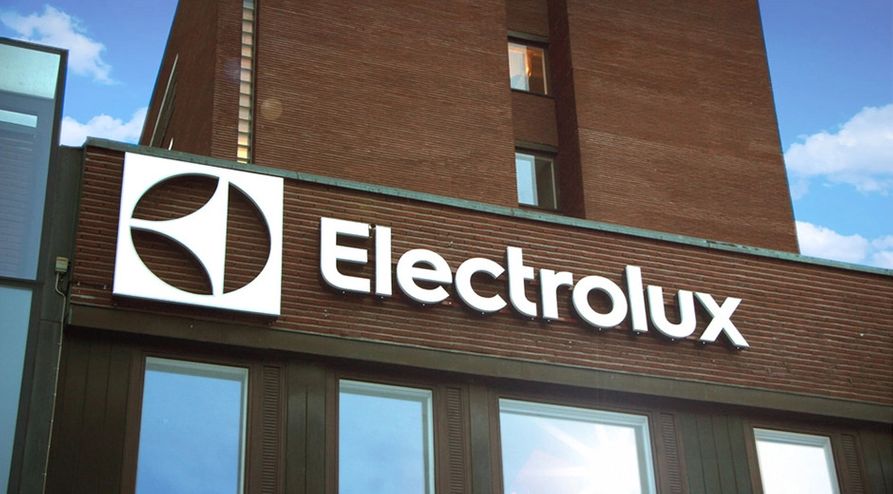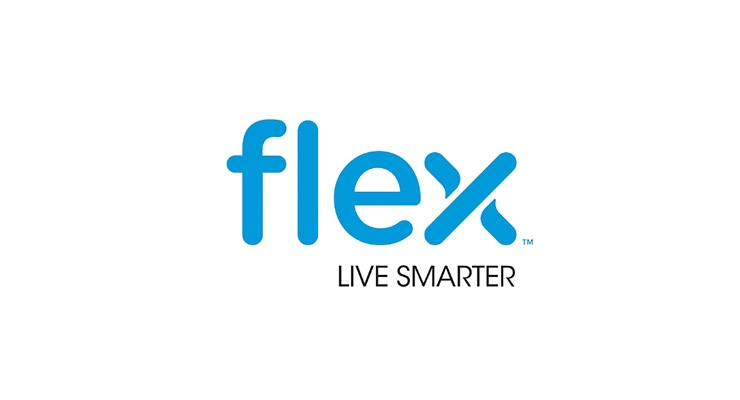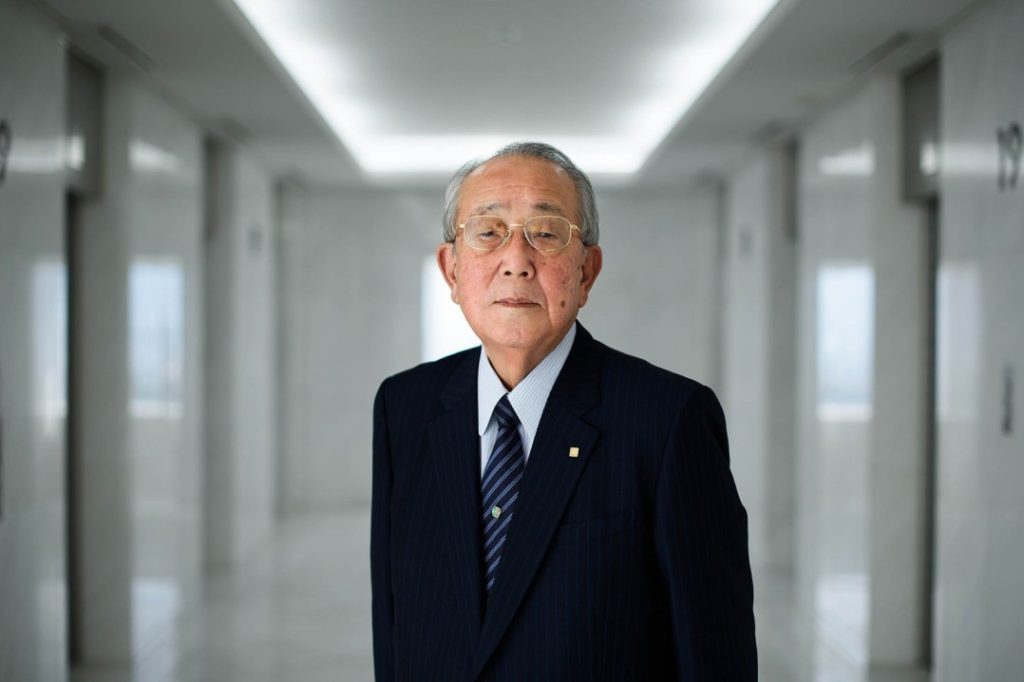Electrolux – Manufacturing Household Appliances Since 1919.
Electrolux is a Swedish Global household appliance manufacturing company founded in 1919. Its headquarters are in Stockholm, Sweden. Alex Wenner Gren was the founder of Electrolux. After the whirlpool, It is ranked the world’s second-largest household appliance manufacturing firm by units sold. Jonas Samuelson is the president and CEO of Electrolux. They are the number one manufacturer of vacuum cleaners and other home appliances. It reached a revenue of 13.82 billion U.S. dollars (2021) and was listed on Stockholm Stock Exchange.
History
It was established from the merger of two companies Svenska Elektron AB and Lux AB, which were closely related. Elektromekaniska AB was a Svenska Elektron AB acquisition which turned into Electrolux in 1919. Elecktrolux was changed to Electrolux in 1957. In the early stages, It supplied Lux branded vacuum cleaners in several European countries. In 1923, it started selling absorption refrigerators by acquiring AB Arctic. It also added washing machines in 1951, dishwashers in 1959, and food service equipment in 1962 to its product line. It made a stock launch in 1928 on the London Stock Exchange and got delisted in 2010. The
Electrolux name was also used by another North American vacuum manufacturing company Aerus LLC, established to sell Swedish Electrolux products which transferred trading rights back to Electrolux in 2000 and stopped using its name in 2004. In 2011, Keith McLoughlin became the company’s first non-Swedish chief executive officer and president

Acquisitions and Mergers
Electrolux advanced constantly and day by day through its mergers and acquisitions. It acquired companies such as ElektroHelios, Norwegian, Elektra, Danish Atlas, Finnish Slev, and Flymo from 1960 to 1969. followed the same technique in the 1990s and expanded immensely through its M&A activity. It also purchased scores of a company named Husqvarna. It was really unstable and decentralized after its huge expansion. Its president and later chairman of the board, Hans Werthen, became its backbone and led it through its crucial time. The company’s restructuring was done in the late 1990s to cut operational costs. It was acquired from Sigdo Koppers In 2011 and in February 2017 it decided to acquire, Anova Applied Electronics, a U.S.-based provider of the Precision cooker.
Revenue
The company has recorded stable revenues for the past few years, holding between 12 to 15 billion dollars. It reached revenue of 12 billion dollars in 2009, slightly decreased in 2010 and 2011 and regained in 2012. It has been rising since then. It has achieved a revenue of 13.82 dollars in 2021, making it the highest revenue achieved in that decade. Recently, it also shares trade on Nordic markets.
Renowned Products
• The Lux vacuum, sold in 1919 is the first product of Electrolux.
• Electrolux’s first absorption refrigerator was manufactured in 1925.
• Electrolux model 30 vacuum, launched in 1937.
• A mixer or food processor, a wartime consumer product in 1940.
• Electrolux SMLE Model lee-Enfield which was the replacement for Bren gun made from out-of-service Lee Enfield for home guard soldiers in 1941.
• Electrolux’s first Washing Machine, 1951 manufactured in Gothenburg.
• Company’s first dishwasher, Named “round jar” in 1959.
• Electrolux trilobite is a robotic vacuum cleaner, launched in 2001.
Alex Wenner Gren – Founder
He was a great Swedish Entrepreneur. In the 1930s, He was considered one of the wealthiest men. He was born in Uddevalla, Sweden on 5 June 1881. He learned many languages such as English, French, and German at the local Berlitz school. He also learned music at YMCA. In 1902 when he was 21 went to Germany for further studies. He developed his skills as a salesman at Alfa Laval, where he sold agricultural machines. He brought the idea that vacuum cleaners can be used for domestic use too. After the first World War, he managed to persuade Lux to buy a patent for a home vacuum cleaner. In the 1930s vacuum cleaner became a success. Making Electrolux a leading brand in the industry. He also tried to avert World War II but was unsuccessful. He was not only a businessman but a great human being too. He rescued over three hundred war survivors.
Jonas Samuelson – CEO
He was born in 1968 in Sweden. He holds a Master of Science degree In Economics and Business Administration from the school of Business, Economics, and Law at the University of Gothenburg, Sweden. He worked in Saab Automobile AB in various positions in finance. He also worked in General Motors Corporation. He was the former CEO of Munters AB and also the company’s major shareholder.

I am a student pursuing my bachelor’s in information technology. I have a interest in writing so, I am working a freelance content writer because I enjoy writing. I also write poetries. I believe in the quote by anne frank “paper has more patience than person




